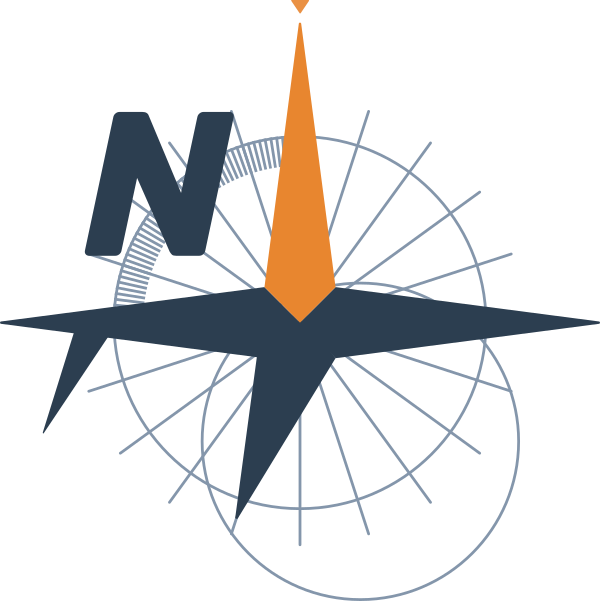Hello everybody!
This course about Boat CE Certification & Homologation is over.
We’ve gone through the intricacies of the certification. I hope I haven’t lost anyone on the way.
In the first Part, we discovered the European Recreational Craft Directive, its origin, and how it works. You are now familiar with the directive’s vocabulary. We have learned what Directive 2013/53/EU is, what a recreational craft is, and what minimum safety and environmental requirements are.
We also met all the economic operators: the Manufacturer, the Authorized Representative, the Importer and Distributor, the Private Importer, and the End User, and we set out their obligations.
We finished this first Part with the traceability requirements: The Craft Identification Number, CIN, or WIN, Watercraft Identification Number, and the Builder’s Plate.
In the second Part, we have learned what an essential requirement is, the design categories and why they are the key to the understanding of the intended use of the boat, but also the limits of their definitions.
We have learned what a harmonized standard is, what presumption of conformity means, and why it is the best technical specification for the demonstration of the conformity of your product.
And we read through the essential requirements of the RCD:
- General regarding the whole craft, traceability, and end user information and protection: Watercraft Identification Number, watercraft builder’s Plate, protection from falling overboard and means of reboarding, visibility from the main steering position, owner’s manual, and manufacturer’s maximum recommended load.
- Integrity and structural requirements regarding the ability of the boat to safely face its design category wind and wave height: structure, stability and freeboard, buoyancy and flotation, openings in hull, deck, and superstructure, flooding, life raft stowage and escape, anchoring, mooring and towing.
- Handling characteristics.
- Installation requirements to ensure that the technical installation and systems onboard are adapted to the expected conditions of the design category: inboard engine, ventilation, exposed parts, outboard propulsion engine starting, personal watercraft running without driver, fuel system – general and fuel tanks, electrical system, steering system – general and emergency arrangements, gas system, fire protection – general and fire-fighting equipment, navigation lights, shapes and sound signals, and discharge prevention and installations, facilitating the delivery ashore of waste.
You are now able to understand the essential requirements and the hazards to deal with.
We have also seen different ways to comply with the directive, the role of harmonized standards, and other ways to comply with the essential requirements. You now have the tools for each case, and you are able to find a better solution for your own case.
In Part three, we have gone further into the certification process, the actors, and the tools used. We learned what a Conformity Assessment Procedure is, where each Conformity Assessment Procedure comes from, and which one to choose in each case. You are now able to identify a type and where it is relevant in the CE procedure.
We also met the Notified Bodies, and I hope you are less afraid of them! And we spent a short journey in the ISO: you are able to identify where the standards come from, how they are made and why, and moreover, you are able to link them to the essential requirements of the directive 2013/53/EU, which is the main goal.
In Part 4, we have answered the question: what is requested by the directive? You can set up the needed technical file for your boat, perform the relevant tests, and provide the information in the user’s manual and the builder’s plate to guarantee the end user a safe trip on the boat.
With the written declaration of conformity example analysis, you are also able to fill it understanding what you are writing and what it involves.
Finally, in Part 5, we have been through the subject of Market Surveillance, how states are involved, and their role. You are now able to identify the goals and the actors that may be implied in the non-conformity process.
That was a long journey. I hope you enjoyed it!
Thank you!

